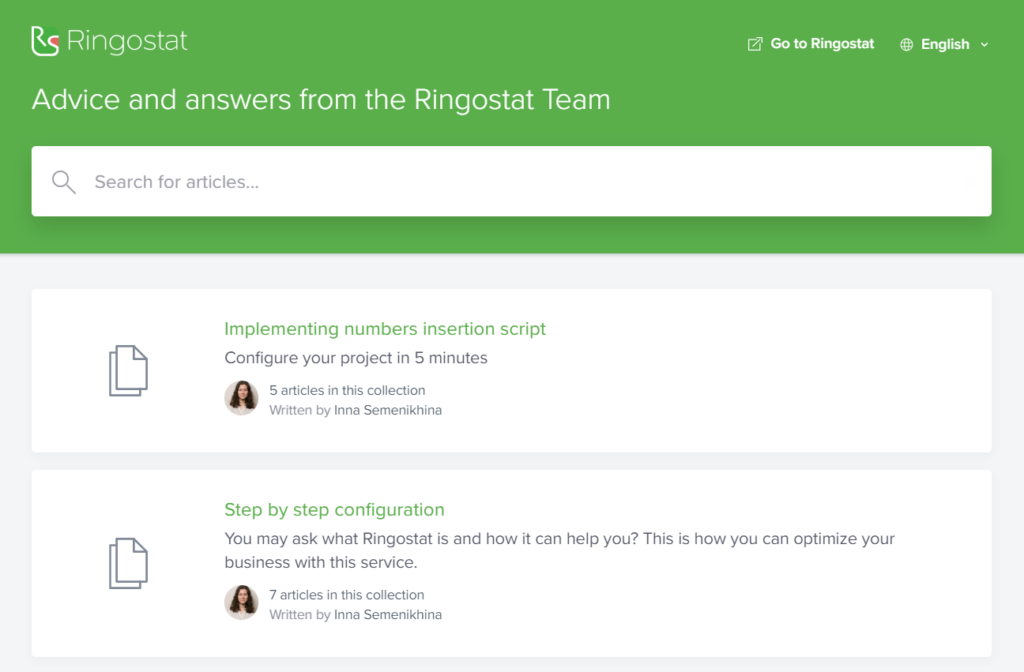Once upon a time, when SaaS didn’t exist, people used to work with traditional on-premise installations. It took a lot of time and specific efforts of developers. Fortunately, now, SaaS is a great solution for many companies in different industries. Are you still not familiar with it? Let’s jump in.
Software as a service (SaaS) is a method of software delivery that allows to access data from any device with an Internet connection and web browser. Most often, software company provides it on a hosted platform.
Customers access SaaS via web browsers or API. They don’t need to setup or maintain the software on their own. Put it simply, SaaS model provides users with a ready-made solution. Customers have only to pay a subscription fee to use SaaS tools.
The simplest example of SaaS is Google Docs. Everybody knows this free, web-based service to create and edit documents. Additional carriers, drivers, and installations aren’t required. All you need is to have a Google Account. By clicking a link, you may work with docs, sheets, and slides within a web browser concurrently with your colleagues. And if you’re juggling multiple documents or deadlines, a task tracker can be invaluable to stay organized. The advantage of Google Docs is you may access your account from any device to continue your work. One more important point is you don’t need to save changes because they are automatically saved every time.
So SaaS is a software model in which a third-party provider makes applications available to customers over the Internet. Users can change settings at their discretion.
SaaS is becoming increasingly popular. Last year SaaS market grew by 21,7%. Experts think that this trend will continue in the future.
Today SaaS offerings are very common and available for the variety of business applications such as financial management, customer relationship management, document editing, analytics, enterprise resource planning etc.
What differs SaaS from traditional installations
Data delivery over the Internet
When using SaaS, you don’t need to install or run applications in your own data center. Moreover, you don’t need specific installation files, folders, and docs on your own computer. All data is stored in the cloud. You can access SaaS applications from any Internet-enabled device and location. However, some SaaS applications are available for installation on your web-server.
Payment for the access
Actually, there are various payment options for the SaaS. Have a look at the most popular one. A customer doesn’t purchase an expensive license for the software installation. It looks like he rents the service because he pays a subscription fee on the monthly basis to access SaaS application.
So according to this option, this payment is recurring. The price for the service depends on different factors such as a period of use, number of users or certain activities in the SaaS application. For example, when it comes to CRM, companies pay for the number of their employees who concurrently use the tool. Usually, clients can save money by paying for a long period in advance.
Some SaaS offer limited features for free. To access advanced features, users need to pay a subscription fee. Most often, SaaS applications offer a few tariff plans with different features.
Here’s an example of one of them.

In addition, some services also offer Enterprise tariff plan. Usually, it’s the most expensive tariff plan which provides unlimited opportunities. In this case, SaaS is deeply customizable for the client’s business and includes integrations with other platforms.
Actually, some people are concerned with an issue of not having the traditional software license. However, the advantage is they don’t need to pay a lot of money for the service right away. Clients can have a trial to evaluate if SaaS is suitable for their business.
Service provider is responsible for the support
The main benefit of SaaS is that this software model helps users concentrate on their work not worrying about daily upkeep and maintenance. When you own an on-premise software, you have to fix some nitty-gritty yourself.
However, things are different with SaaS. The service provider is totally responsible for the setup. Also, customers don’t need to care about data security and updates because it’s the duty of service provider. Customer Support Managers of such services are assigned to resolve problems. Sometimes they even provide clients with comprehensive guides on how to work with service.

Summary
- When having a traditional software, users manually handle the problems. The only exceptions are huge companies like Windows and Adobe. When it comes to SaaS, a client may at any time contact a Customer Support.
- Users save time because they don’t have to install a software on each device. All they need is access to the Internet, login, and password.
- Some services aren’t available for implementing on the company’s server. The examples are Datanyze and Serpstat. The development of your own software similar to these services requires big efforts.
So SaaS delivery model supports the ability to grow. Clients save money by paying for the services on the monthly basis. Therefore, they can look ahead at their further development and have long-term plans.

